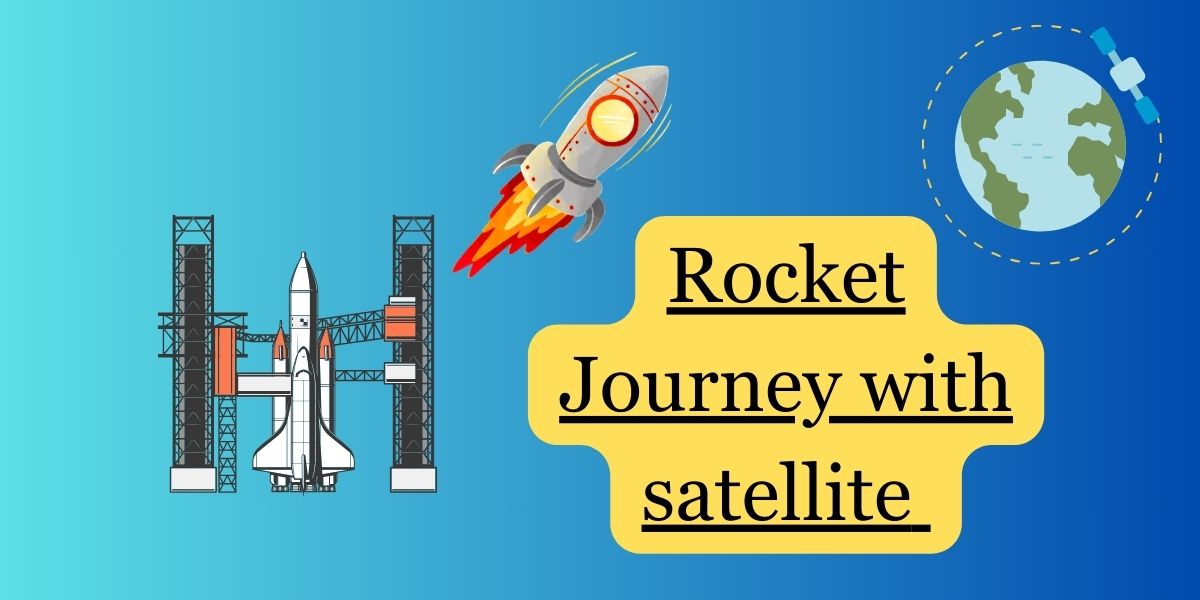1. Getting Ready:
- Imagine you want to send a special friend, let’s call it “Satellite,” to space. But space is very far away, so you need something super powerful to get there. That’s where a rocket comes in.
2. Countdown and Blast Off:
- Before the rocket takes off, there’s a big countdown like “10, 9, 8…”. When you reach “1” and say “Blast off!”, the rocket engines start, and the rocket zooms up into the sky.
3. Overcoming Gravity:
- Just like you need a strong push to throw a ball high up, the rocket needs a powerful push to go against the Earth’s gravity. Gravity is like a big force that tries to pull everything down. The rocket’s engines create so much power that it can break through Earth’s gravity and go up into space.
4. Leaving the Atmosphere:
- As the rocket goes higher, it leaves the Earth’s atmosphere, which is like a big bubble of air around our planet. This is the part of the journey where the rocket is almost in space.
5. Going into Orbit:
- Once the rocket is high enough, it doesn’t just stop—it goes into orbit. Orbit is like going around and around the Earth, just like when you spin around and around in a circle. The rocket and the satellite inside keep going in a loop-de-loop around our planet.
6. Satellite’s Job:
- Inside the rocket, the satellite has a special job. It might be taking pictures of the Earth, helping with communication, or even exploring other parts of space. The satellite is like a little explorer doing important work up there.
Fun Facts for Kids:
- Rockets are like super-fast cars that can zoom into space.
- Once in space, there’s no air, so the rocket doesn’t make a sound anymore. It’s silent up there!
- Satellites in orbit are like our space friends, helping us learn more about our planet and the universe.
So, in a nutshell, a rocket is a powerful vehicle that takes a satellite on a thrilling journey into space, and once there, they go into orbit to explore and do important tasks.


No responses yet